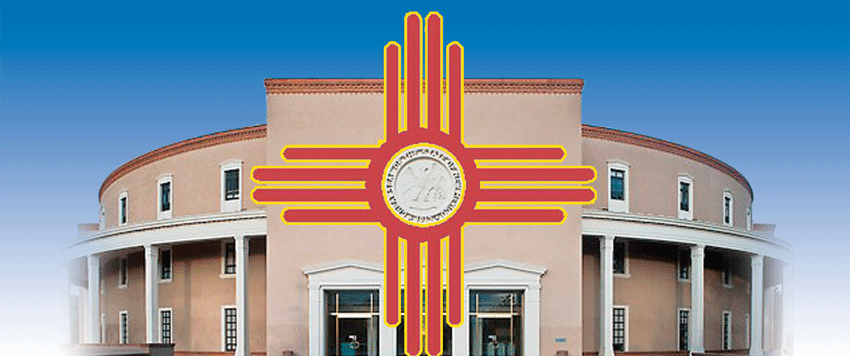
CHAMA (AP) — Projected revenues for the next budget year are expected to deliver another windfall to New Mexico’s coffers — courtesy of the oil and gas industry.
New estimates released last Wednesday by legislative and executive economists during a meeting of the Legislative Finance Committee in Chama show lawmakers will have a projected $2.5 billion in new money. That’s the difference between current spending levels and expected revenues in the next fiscal year.
Oil production concentrated in the state’s southeast corner in the Permian Basin is driving the boom. Roughly two-thirds of the projected revenue growth for the coming budget year is expected to come directly from oil and natural gas receipts in the southeast.
Ismael Torres, the committee’s chief economist, said New Mexico is the only state that has recovered to pre-pandemic levels of oil production. The state is projected to produce 590 million barrels of oil during the current budget year.
While oil and gas is New Mexico’s biggest source of income, other sectors also are projected to flourish in the next fiscal year — though all pale in comparison to revenue generated by oil and gas. Manufacturing, for example, is expected to grow 41%, and economists are forecasting a 27% increase in leisure and hospitality services, but combined those industries only bring in a small portion of what the fossil fuel industry does in the state.

Some lawmakers say the budget windfall represents an opportunity for New Mexico to change is trajectory and avert the big swings between spending growth followed by cuts that have been common over the past decade. However, other lawmakers and top budget officials cautioned that the recent revenue growth will likely not be sustainable in the long term.
Rep. Patricia Lundstrom, a Gallup Democrat who chairs the committee, said year-over-year spending growth should be kept in line with the state’s annual average over the past decade.
State spending already has increased by a record of about 30% over the past three-plus years under Democratic Gov. Michelle Lujan Grisham, who is running for reelection. Lujan Grisham signed off this year on record a $8.5 billion spending plan that included massive raises for teachers.
This latest revenue surge could prompt a feeding frenzy in a state with some of the highest Medicaid enrollment levels, roads and bridges in dire need of repair, and a public school system that for years has languished among the worst-ranked in the nation. New Mexico has been ranked at the bottom in education every year Lujan Grisham has been governor in spite of record spending levels by her administration.
Sen. George Muñoz, also from Gallup and chair of the Senate Finance Committee, said the top priority should be revamping the state’s tax structure.
“If we want to really change … making New Mexico competitive with other states, this is one of the greatest opportunities we could have,” he said.
The state also is expected to see a budget surplus of nearly $3.8 billion for the current fiscal year and about $2.6 billion is set to flow into a state early childhood trust fund, again, thinks to oil and gas revenues in the state.
But Finance and Administration Secretary Debbie Romero warned lawmakers they will have to consider supply chain issues, the current economic recession and volatility in the global energy market as risks to the state’s revenue forecast.
Spending growth under Lujan Grisham has drawn criticism from Republican gubernatorial candidate Mark Ronchetti, who has said he would push to use surplus funds for annual rebates and tax cuts if elected.
Lujan Grisham sought to take credit for the record-high revenue levels, saying they were the result of her administration’s most restrictive energy policies in the U.S. and “the healthy economic climate we are fostering.”
State economists also noted inflation is driving up gross receipts tax collections as a result of rising costs for food, construction materials and other goods and services, as well as personal income taxes linked to higher wages. Though much of that money would have gone to local communities like Hobbs, HB6 now funds much of the GRT directly to the state, penalizing oil and gas producing areas while at the same time benefitting from a record surplus.
















